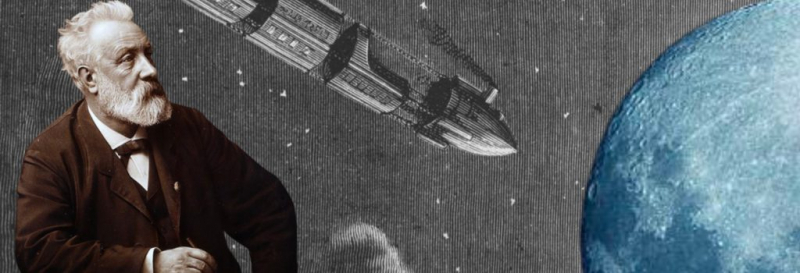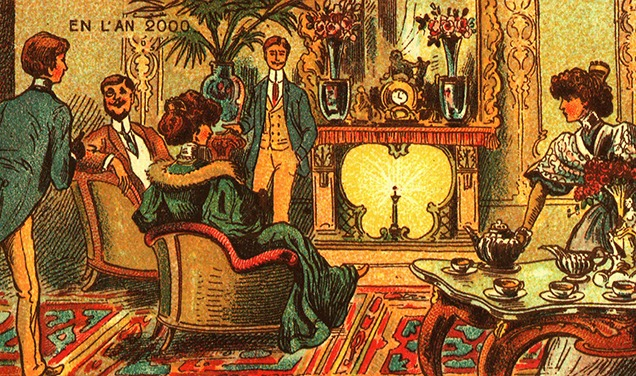Jules Verne wrote about the future of Paris
Immediately following Jules Verne's debut publication in 1863, the first section of Paris in the Twentieth Century was written. Hetzel rejected it for publication because it was too grim and unreal. After his passing, the manuscript was unearthed, and it was eventually published in 1994.
One hundred years after it was written, the dystopian universe of the book is situated in 1960. The depiction of the future Paris shows it to be both technologically and culturally backward. Michel, the main character, holds a degree in literature in a society where only business and technology are important. Books by famous nineteenth-century writers like Victor Hugo are no longer available in bookstores, there is no longer any journalism, and poetry is reviled.
The most fascinating aspect of the book now is its technological basis, which Jules Verne did not think much about when he wrote it. The author conjured up "gas cabs" with internal combustion engines, a metro system powered by electricity and compressed air, and a city full of skyscrapers. Many of his prophecies came to pass, including the development of WMDs that rendered modern warfare impractical.












